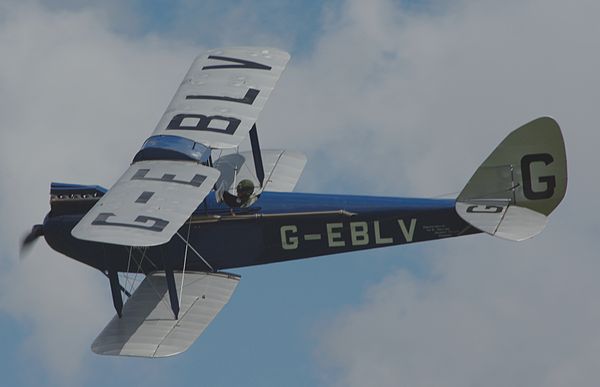NOVEMBER 6, 2021 – I don’t want to divulge to anyone—me, in particular—even an approximation of how long I’d gone without practicing before yesterday evening. The long passage of silence shattered what the famous Polish pianist (and president), Ignace Paderewski (1860 – 1941) said about practicing: “If I miss one day’s practice, I notice it. If I miss two days, the critics notice it. If I miss three days, the audience notices it.”
On a solo weekend mission to the Red Cabin to finish bud-capping (for protection against browsing deer) 1,000 pine seedlings/saplings on our property, I decided to toss my violin case into the bargain to make use of time after the sun goes down. Without critics or audience, I had nothing to worry about—except my own ears.
After a simple supper, I pulled out my bow and violin, tightened the former and attached my shoulder rest to the latter. For some reason, this routine triggered my memory of a YouTube video featuring a pilot going over his pre-flight checklist, then taking off, flying, and safely landing a small, single-engine aircraft.
In tucking my fiddle under my chin I pretended I was climbing aboard a small plane—a Cessna 172, to be exact. Tuning was the equivalent of flipping the “on” switch, and an imaginary puff of rosin was a small burst of smoke from a long-dormant engine. As in the YouTube flying video, I let the engine warm up (played scales) until it was sounding clear and smooth (my fingers were agile enough to take on some unaccompanied Bach). So far so good.
I contacted ATC (pulled out my music) and taxied to the runway (stepped to the music stand). There I set my flaps (put my violin onto my shoulder), while waiting for clearance (preparing myself psychologically). When I got the go-ahead (synapses said, “Play!”), I opened the throttle, released the brakes, and rolled down the tarmac (began playing Dvořák’s Romance in f minor).
Soon I was aloft enjoying the “view”—the sweetness of a composition by one of my favorite composers. I wasn’t flying a Boeing 787 (the Beethoven concerto), a Gulfstream V (the Sibelius), or some souped-up aerobatic plane that pulled off air-stunts to impress a huge airshow crowd (a Paganini Caprice). I was flying my unpretentious four-seat, single-engine aircraft— Dvořák’s Romance; one that could fly among low, puffy, innocent clouds and carry me away from my woes to a bird’s-eye view of the good, shining, verdant, beautiful earth. My enclosed Cessna 172 became an open-cockpit, de Havilland biplane.
I didn’t fly long or far; just to the end of the Romance, whereupon I executed a slow barrel-roll and put down on a nice, grass landing strip.
No critics or audience awaited me—my flight hadn’t been part of any airshow. In fact, no one was even aware I’d messed with gravity.
Above all, I was happy with the landing—because as every violinist knows, a good landing is the one from which you walk away unscathed.
(Remember to subscribe to this blog and receive notifications of new posts by email.)
© 2021 by Eric Nilsson
